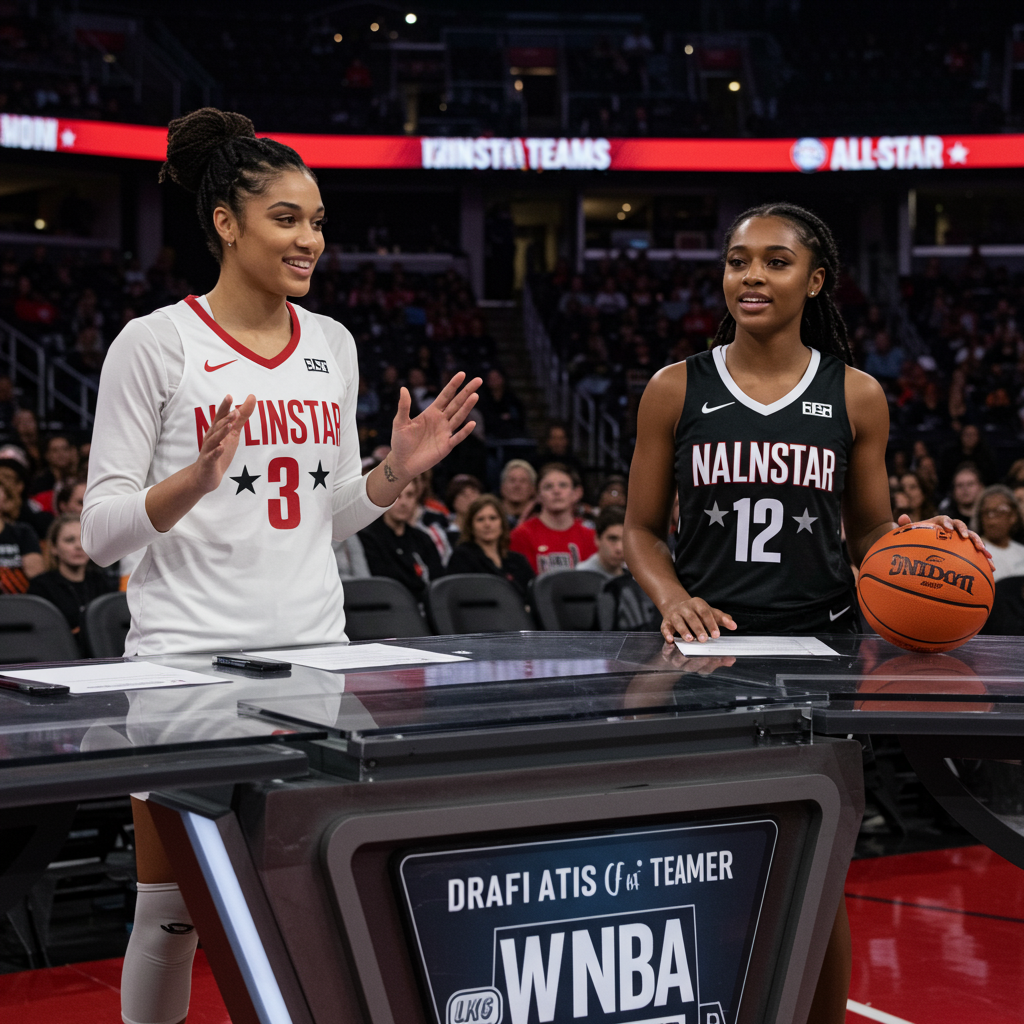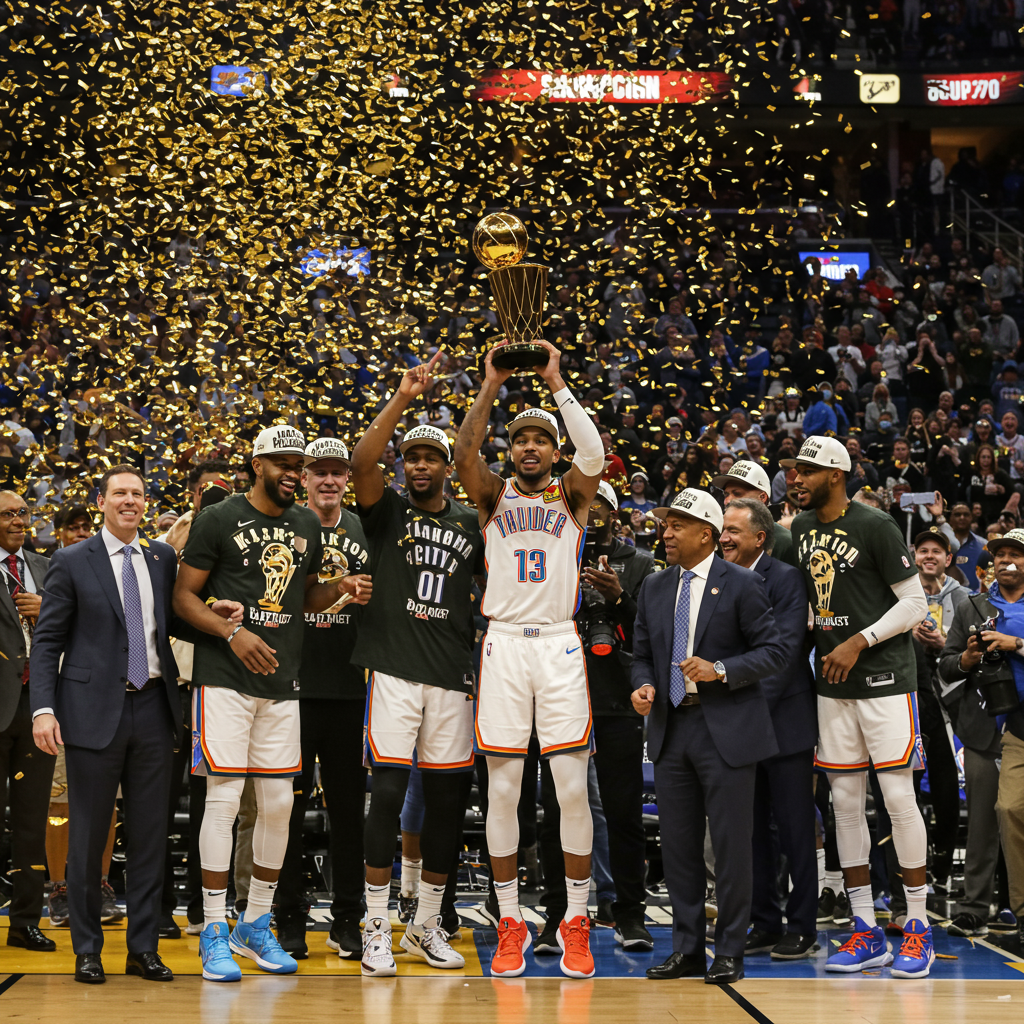The NFL season often brings moments of breathtaking athleticism, but also the harsh reality of debilitating injuries. Star quarterback Joe Burrow of the Cincinnati Bengals recently underscored this, facing a significant setback due to a severe “turf toe” injury. This unexpected diagnosis isn’t just a concern for elite athletes; it highlights a serious and often misunderstood risk to foot health for everyone.
Burrow’s injury, a Grade 3 turf toe requiring surgery, has sidelined him for at least three months. This unfortunate event has once again cast a spotlight on the dangers associated with this specific type of big toe trauma. Beyond the immediate impact on a team and a player’s career, turf toe can lead to lasting complications if not treated promptly and effectively.
Understanding Turf Toe: More Than Just a Stubbed Toe
Often dismissed as a minor ailment, “turf toe” is a formal medical term for a sprain to the main joint of the big toe – the first metatarsophalangeal (MTP) joint. This crucial joint allows us to push off the ground when walking, running, and jumping. The injury typically occurs when the big toe is hyperextended, meaning it’s bent too far upwards towards the foot, often while the heel lifts off the ground, causing a stretch or tear of the ligaments and soft tissues underneath. This can be due to a sudden, forceful event or repetitive stress over time.
Orthopedic experts, like OhioHealth’s Brian Steginsky, emphasize that turf toe’s severity is classified into three grades:
Grade 1: A mild sprain where the soft tissue is stretched but not torn. Recovery can be relatively quick, sometimes within a week, with rest and conservative management.
Grade 2: Involves a partial tear of the soft tissues. This grade demands more extensive rest and rehabilitation, with recovery often taking several weeks.
Grade 3: The most severe form, characterized by a complete tear of the soft tissues. It can also involve a dislocation of the MTP joint. Grade 3 injuries typically require a much longer recovery, often several months, and frequently necessitate surgery, as in Joe Burrow’s case.
The Long-Term Impact: Why Serious Treatment is Essential
A common misconception is that a toe injury is less severe than a knee or ankle problem. However, the first MTP joint is critical for proper biomechanics. A compromised big toe can drastically alter gait, impacting balance and potentially leading to compensatory issues in the ankle, knee, hip, and even the back. For athletes, this can be career-altering, affecting their ability to push off, change direction, and maintain explosive power.
History is rife with examples of professional athletes whose careers were significantly impacted by turf toe, including several NFL Hall of Famers. The longest-lasting complications often stem from a lack of immediate and appropriate treatment. Ignoring the pain or attempting to “play through” a turf toe injury, especially a Grade 2 or 3, can lead to chronic pain, stiffness, instability, and even early-onset arthritis in the joint. This highlights the importance of timely diagnosis and adhering to medical advice, even if it means significant time away from activity.
Beyond the Gridiron: Turf Toe Risks for Everyone
While the term “turf toe” originated from football players sustaining injuries on artificial turf, the injury isn’t exclusive to professional athletes or specific playing surfaces. Regular individuals can also suffer from this debilitating condition. Simple actions like tripping, stubbing a toe, wearing ill-fitting footwear (like flip-flops that offer little support), or engaging in sports and intense workouts can lead to the same hyperextension mechanism that causes turf toe.
The repetitive stress of daily activities, particularly those involving pushing off the forefoot, can also gradually wear down the ligaments and increase susceptibility to this injury. If you experience persistent pain, swelling, or limited movement in your big toe after an incident, it’s crucial to seek medical attention from a sports medicine specialist or orthopedic surgeon. Early intervention can prevent minor issues from escalating into chronic problems.
The Artificial Turf Debate and Player Safety Concerns
A significant argument in the NFL and beyond concerns the role of playing surfaces. There’s a growing consensus and mounting evidence suggesting that artificial turf contributes to a higher incidence of lower-extremity injuries, including turf toe, compared to natural grass. Artificial turf, particularly certain types like slit-film fibers found at Paycor Stadium where Burrow was injured, is a harder and less forgiving surface. This rigidity reduces the natural give and flexibility players experience when pushing off, essentially “planting” their feet more firmly and making hyperextension injuries more likely.
Former NFLPA president JC Tretter has publicly advocated for a ban on slit-film turf due to these player safety concerns. The discussion extends to venues like Lumen Field, where San Francisco 49ers quarterback Brock Purdy sustained his turf toe injury. Interestingly, Lumen Field is slated to temporarily switch to natural grass for the 2026 FIFA World Cup, further highlighting the recognized distinction in safety and playability between different surfaces. This ongoing debate underscores a critical aspect of player welfare that transcends individual injuries and points to systemic issues in sports environments.
Joe Burrow’s Road to Recovery and the Bengals’ Challenge
Joe Burrow’s Grade 3 turf toe injury, a complete tear of ligaments in his big toe, mandates surgery and a recovery period of at least three months. This marks a new challenge for the elite quarterback, who has faced significant injury setbacks throughout his NFL career. He previously missed the final six games of his 2020 rookie season due to a torn ACL, PCL, MCL, and meniscus, and later missed the back half of the 2023 season with a torn wrist ligament. His current injury occurred during a Week 2 home win against the Jacksonville Jaguars at Paycor Stadium, a synthetic turf field.
The news of Burrow’s long-term absence is a massive blow to the Cincinnati Bengals, despite their strong 2-0 start to the 2025 season. The team now faces the daunting task of navigating the majority of their schedule without their franchise quarterback. Head Coach Zac Taylor has expressed his deep regret for Burrow but also voiced strong confidence in backup quarterback Jake Browning.
Jake Browning Steps Up: Leading the Bengals Offense
With Burrow sidelined, Jake Browning has been thrust into the starting role. Browning notably stepped in during the Week 2 game against the Jaguars, orchestrating a remarkable comeback victory with a last-minute scoring drive. His performance included 241 passing yards and two touchdowns, sealing the 31-27 win. This critical moment, culminating in a one-yard touchdown run with just 18 seconds left, marked a career high for Browning and secured the Bengals’ first 2-0 start since 2018.
Browning is no stranger to the Bengals’ offense, having filled in for an injured Burrow in seven games during the 2023 season. In those starts, he achieved a 4-3 record, completing an impressive 70.4% of his passes for 1,936 yards and throwing 11 touchdowns against seven interceptions. His prior experience and successful track record provide the Bengals with a degree of stability during this challenging period. The team is also exploring options to add another quarterback to their roster, with practice squad member Brett Rypien as a potential backup to Browning. The emotional intensity of Browning’s sudden rise was even captured in a touching post-game moment with his fiancée, Stephanie Niles, highlighting the personal journey intertwined with his professional breakthrough.
Preventing and Treating Turf Toe: Practical Takeaways
Preventing turf toe largely revolves around appropriate footwear and cautious movement, especially on hard surfaces. For athletes, ensuring athletic shoes provide adequate forefoot support and are properly fitted is crucial. For the general public, avoiding prolonged walking or activity in unsupportive shoes like flip-flops can mitigate risks. Being mindful of your environment to prevent trips and falls is also important.
If you suspect turf toe, especially after a forceful impact or hyperextension, prompt action is key.
R.I.C.E. Protocol: Rest, Ice, Compression, and Elevation can help manage initial symptoms.
Medical Evaluation: Given that turf toe isn’t always easy to spot and can mask more serious damage, consulting a sports medicine specialist is highly recommended. They can accurately diagnose the grade of injury and recommend an appropriate treatment plan, which may range from immobilization and physical therapy for milder cases to surgical intervention for severe tears.
Rehabilitation: A structured rehabilitation program is vital for regaining strength, flexibility, and stability in the big toe, ensuring a full return to activity without chronic issues.
Frequently Asked Questions
What is turf toe and how are its severity grades defined?
Turf toe is a sprain of the main joint of the big toe (first metatarsophalangeal joint), often caused by hyperextension. Its severity is categorized into three grades. Grade 1 involves a mild stretch of the soft tissues without a tear, with recovery typically in about a week. Grade 2 signifies a partial tear, requiring several weeks of rest. Grade 3, the most severe, is a complete tear of the soft tissues, potentially with joint dislocation, needing months for recovery and often surgery, as seen with Joe Burrow.
Why are NFL players like Joe Burrow more susceptible to turf toe on artificial turf?
NFL players face an increased risk of turf toe on artificial turf because these surfaces are typically harder and less forgiving than natural grass. This rigidity causes a player’s foot to “stick” more firmly to the ground during push-off, leading to greater hyperextension of the big toe. Specific types, like slit-film turf, have been linked to higher injury rates and are a subject of significant player safety concerns among sports professionals and unions.
What should regular people do if they suspect they have turf toe?
If you suspect you have turf toe, it’s crucial to take it seriously, even if you’re not an athlete. Start with the R.I.C.E. protocol (Rest, Ice, Compression, Elevation) to manage initial pain and swelling. However, because turf toe can range from a minor sprain to a severe tear requiring surgery, it’s highly recommended to consult a sports medicine specialist or orthopedic surgeon for an accurate diagnosis and appropriate treatment plan. Prompt medical attention helps prevent long-term complications.
Conclusion
Joe Burrow’s recent turf toe injury is a stark reminder of the serious nature of foot trauma, particularly to the critical big toe joint. Far from a minor inconvenience, turf toe can have profound and lasting consequences, impacting both professional athletes and everyday individuals. The debate surrounding artificial turf and its link to such injuries continues to highlight important player safety concerns in sports. For anyone experiencing persistent pain or limited mobility in their big toe, seeking expert medical advice is paramount. Prioritizing foot health and understanding the risks associated with this common yet complex injury is essential for everyone.


